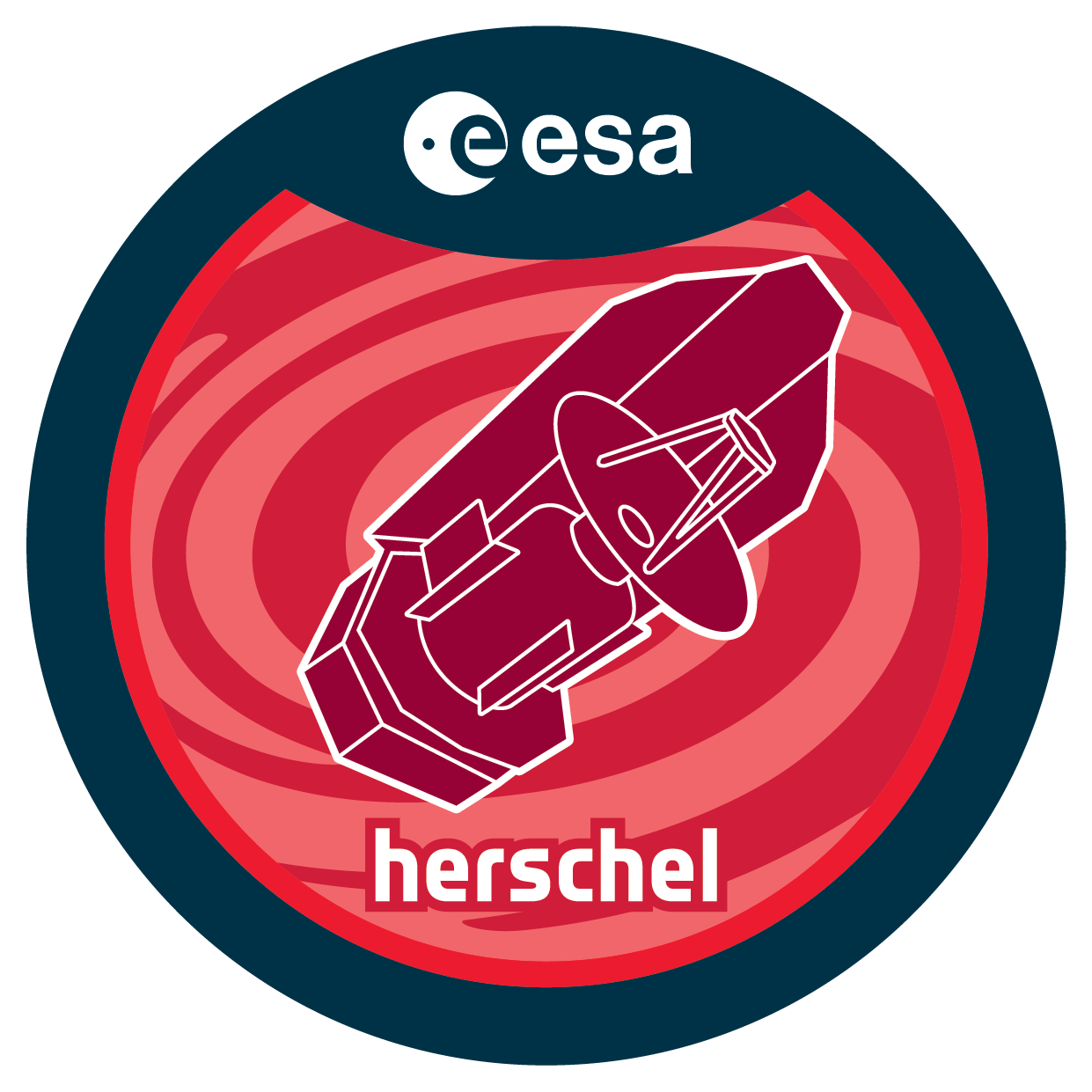

| Name | DDT_nnesvadb_4 |
| Title | C+ and H2 spectroscopy of a single star-forming region at z=2.599 recently discovered with Planck/SUCBA2/SPIRE |
| URL | http://archives.esac.esa.int/hsa/whsa-tap-server/data?retrieval_type=OBSERVATION&observation_id=1342265956&instrument_name=PACS&product_level=LEVEL0&compress=true |
| DOI | https://doi.org/10.5270/esa-j1dq5gg |
| Author | nesvadba, n. |
| Description | We request DD time to observe a highly magnified starburst at z=2.599recently discovered with Planck, which has CO line widths like thoseof giant molecular clouds in the Milky Way! The velocity gradient andnarrowness of the CO lines indicates that we are observing small (afew 10s pc) star forming regions in a distant galaxy due to its extrememagnification and fortuitous alignment with the lensing mass. This isa UNIQUE opportunity to probe a starburst at z=2.5 AT THE SCALE OFSINGLE STAR-FORMING REGIONS. We will measure CII158, the main coolantof UV-heated gas and thus, a prime tracer of star formation, and the H20-0 S(1) line, the main coolant of shocked gas, a tracer of turbulencedissipation and the warm molecular mass. Only Herschel can observe theseimportant lines. ALMA cannot, and SOFIA cannot.During the formation process of galaxies, strong turbulence is generatedwith potentially dramatic consequences for the nature of star formation indistant galaxies. For example, if the gas remains turbulent on scales <100pc, then the global galaxy kinematics (i.e., Toomre stability) no longerstabilizes the gas. What are the consequences for the star formation insuch an environment and how does this high level of turbulence duringgalaxy formation change the nature of galaxies? Through a uniquesynergy of the Planck all-sky survey, Herschel, and IRAM sub-arcsecDDT interferometry, we have just caught a unique source at z=2.599,G80.3+49.8, with bright FIR continuum akin to dusty high-z starbursts,and surprisingly narrow CO line widths like GMCs in the Milky Way!G80.3+49.8 is truly unique and will become a benchmark for studyingthe physics regulating intense star formation at high-z. Herschellast-minute observations are our only way to quantify the globalbudgets of UV and shock heating estimated from the main IR cooling lines,both of which are unobservable from the ground, and both critical inlinking the details of star formation with the generalities of galaxyformation. |
| Publication | |
| Instrument | HIFI_HifiPoint_dbs, PACS_PacsLineSpec_point |
| Temporal Coverage | 2013-03-05T07:23:30Z/2013-03-06T02:46:15Z |
| Version | SPG v14.2.0 |
| Mission Description | Herschel was launched on 14 May 2009! It is the fourth cornerstone mission in the ESA science programme. With a 3.5 m Cassegrain telescope it is the largest space telescope ever launched. It is performing photometry and spectroscopy in approximately the 55-671 µm range, bridging the gap between earlier infrared space missions and groundbased facilities. |
| Creator Contact | https://support.cosmos.esa.int/h®erschel/ |
| Date Published | 2013-09-06T01:49:22Z |
| Last Update | 2025-01-24 |
| Keywords | Herschel, HSC, submillimetre, far-infrared, HIFI, PACS, SPIRE |
| Publisher And Registrant | European Space Agency |
| Credit Guidelines | European Space Agency, nesvadba et al., 2013, 'C+ and H2 spectroscopy of a single star-forming region at z=2.599 recently discovered with Planck/SUCBA2/SPIRE', SPG v14.2.0, European Space Agency, https://doi.org/10.5270/esa-j1dq5gg |